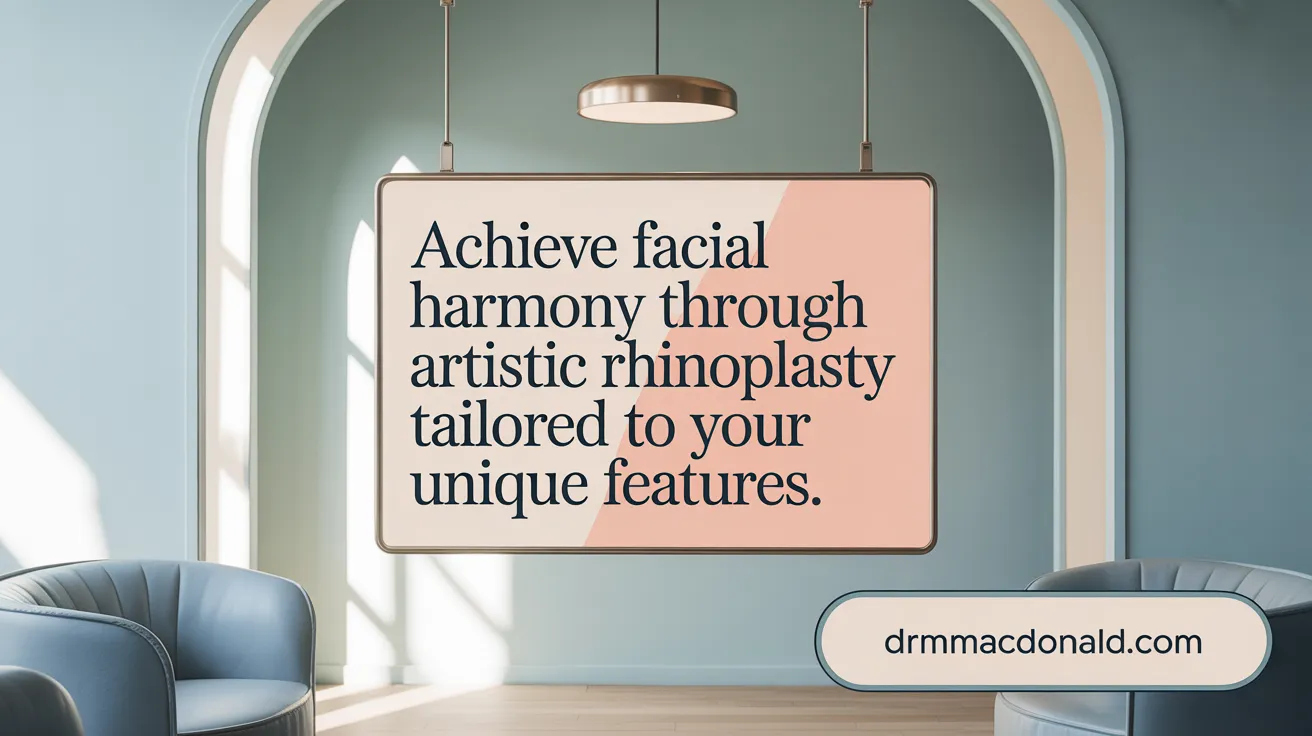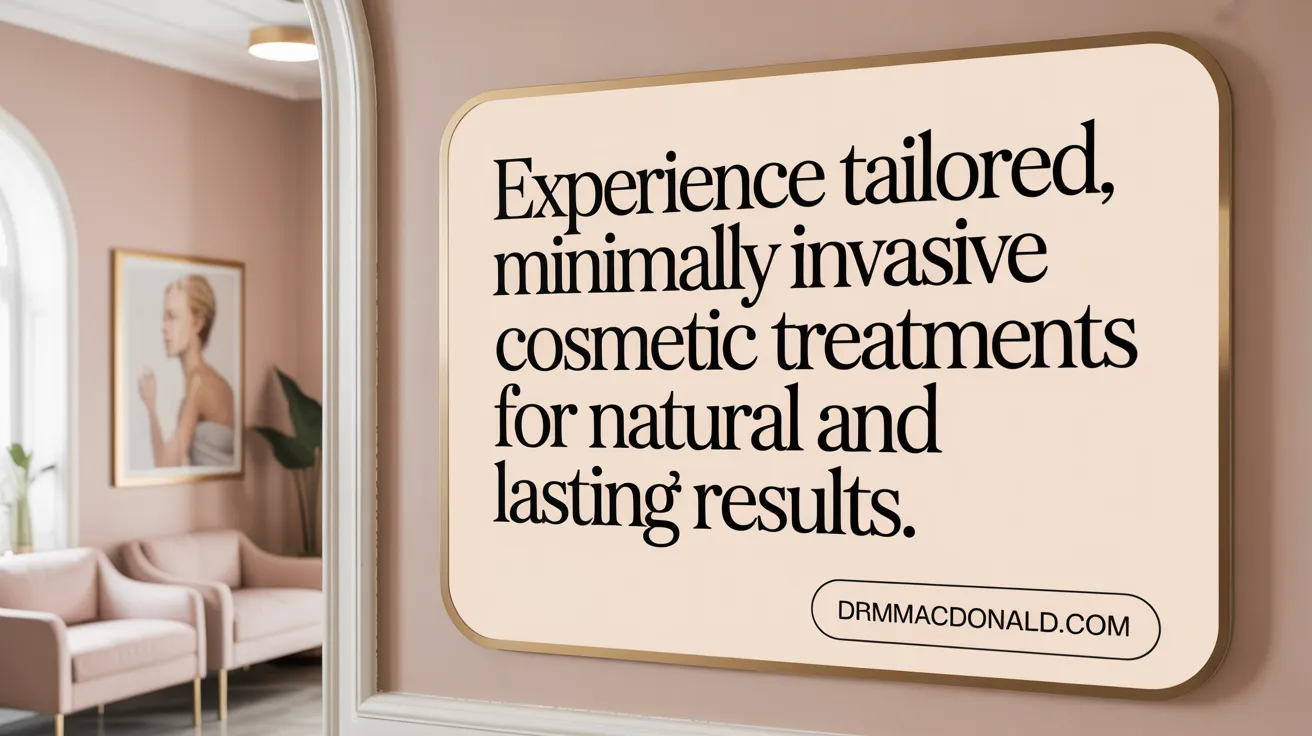Introduction to Rhinoplasty and Its Varied Goals
Overview of rhinoplasty
Rhinoplasty, commonly known as a nose job, is a surgical procedure that reshapes the nose's structure, including bone, cartilage, and soft tissue. It aims to improve facial harmony by adjusting the size, shape, and proportions of the nose, encompassing components like the bridge, nasal tip, and nostrils. The procedure may also correct deformities stemming from trauma, genetics, or developmental issues.
Difference between cosmetic and functional rhinoplasty
Rhinoplasty serves two main purposes: cosmetic enhancement and functional improvement. Cosmetic rhinoplasty focuses on external changes—correcting features such as dorsal humps, crookedness, or a bulbous tip—to enhance facial aesthetics and balance. Functional rhinoplasty, however, addresses internal nasal structural issues like a deviated septum, nasal valve collapse, or enlarged turbinates, which impair breathing. Many surgeries combine both approaches to improve appearance while restoring proper nasal function.
Popularity of rhinoplasty in cosmetic surgery
Rhinoplasty remains one of the most popular cosmetic surgeries in the United States, ranked just after liposuction. Its versatility in achieving both aesthetic refinement and breathing improvement attracts a broad patient base. In regions like San Francisco, there is a strong emphasis on natural-looking results and individualized care, reflecting growing patient interest in subtle yet effective alterations. The procedure typically requires 1 to 3 hours, with recovery extending over several weeks to months as swelling subsides and final results emerge.
Understanding Cosmetic Rhinoplasty: Artistic Refinement for Facial Harmony

What are the goals and techniques of cosmetic rhinoplasty?
Cosmetic rhinoplasty primarily focuses on enhancing the external appearance of the nose to create facial harmony and balance. Surgeons may reshape the nasal bridge, refine the nasal tip, adjust nostril size, or smooth out dorsal humps. Techniques often involve precise cartilage and bone modification, using open rhinoplasty technique or closed rhinoplasty technique depending on the extent of correction. Cartilage grafting in rhinoplasty may be taken from the septum, ear, or ribs for augmentation. The aim is a natural and proportional nose that complements the patient’s unique facial features. Learn more about Cosmetic rhinoplasty explained.
Which common cosmetic concerns does rhinoplasty address?
Typical aesthetic issues treated include nasal asymmetry correction, crookedness, bulbous or pinched tips, wide nostrils, dorsal bumps or dips, a drooping or upturned tip, and general disproportion in size or shape. Addressing these can significantly improve facial symmetry and boost patient confidence. For details, see Correcting nasal asymmetry.
What types of cosmetic rhinoplasty procedures are available?
Procedures range from subtle closed rhinoplasty technique with hidden internal incisions to open rhinoplasty, which provides greater visibility for complex reshaping. Augmentation rhinoplasty adds volume and height to the nose, often used in patients with flat nasal bridges. Non-surgical rhinoplasty with injectable fillers offers temporary contour improvements but cannot correct structural issues. More about Non-surgical rhinoplasty with injectable fillers.
How does cosmetic rhinoplasty impact facial symmetry and aesthetics?
By refining key nasal features, the surgery enhances overall facial balance and proportion. Correcting humps, adjusting tip projection, and narrowing the nose can bring harmony to other facial features, creating a more appealing and confident appearance. See Rhinoplasty for aesthetic reasons for more insights.
What are the recovery expectations?
Post-surgery, patients typically wear a post-rhinoplasty splint for about one week. Swelling and bruising usually peak within the first few days and resolve over two weeks. While most visible changes settle quickly, full healing and final results may take several months to a year as residual swelling diminishes. Learn about the rhinoplasty recovery process and rhinoplasty healing timeline.
What types of cosmetic procedures does the Aesthetic Surgery Center specialize in?
The Aesthetic Surgery Center in San Francisco offers a comprehensive range of facial and body cosmetic treatments, including surgical rhinoplasty, breast augmentation, liposuction, facelifts, and minimally invasive treatments like Botox and dermal fillers. Their personalized rhinoplasty treatment planning ensures natural, harmonious results aligned with each patient's goals. Read more about the Aesthetic Surgery Center San Francisco.
Functional Rhinoplasty: Restoring Optimal Nasal Breathing and Health

What is functional rhinoplasty and what does the procedure involve?
Functional rhinoplasty is a surgical intervention focused on correcting structural nasal issues to improve breathing and overall nasal function. Typical procedures include septoplasty to straighten a deviated septum, turbinate reduction to decrease swollen nasal turbinates, and nasal valve repair to strengthen collapsible airway segments. Often performed under general or intravenous sedation, the surgery uses precise techniques such as open or closed rhinoplasty approaches to address internal nasal anatomy without compromising external appearance.
What common structural issues does functional rhinoplasty address?
Key anatomical problems treated include:
- Deviated septum: A displaced nasal septum obstructing airflow.
- Turbinate hypertrophy: Enlarged turbinates that block nasal passages.
- Nasal valve collapse: Weakness causing airway obstruction.
- Nasal trauma or congenital deformities: Structural changes impacting breathing.
Addressing these conditions restores proper nasal airflow and function as detailed in functional rhinoplasty overviews.
What health benefits can patients expect from improved nasal airflow?
Post-surgery, patients often experience:
- Enhanced breathing capacity.
- Reduced nasal congestion and improved sinus drainage.
- Alleviation of sleep apnea and snoring.
- Better sleep quality and overall well-being.
- Increased comfort during physical exercise due to improved oxygen intake.
These benefits significantly contribute to improved quality of life and are discussed in sources like Functional Rhinoplasty Benefits.
Can functional rhinoplasty be combined with cosmetic procedures?
Yes, many patients opt for combined functional and cosmetic rhinoplasty to simultaneously improve nasal aesthetics and airway function. This integrated approach offers a unified recovery period and efficient results. Surgeons carefully balance structural corrections with aesthetic refinements to maintain or enhance natural nasal appearance as explained in cosmetic rhinoplasty benefits.
Is functional rhinoplasty covered by insurance?
Functional rhinoplasty procedures are often partially or fully covered by medical insurance, especially when performed to treat documented breathing impairments. This contrasts with purely cosmetic rhinoplasty, which is typically not covered.
What is the typical recovery process and expected outcomes?
Recovery generally involves 1 to 2 weeks off work, with initial swelling and bruising subsiding gradually. Patients may require splints or nasal packing during early healing. Breathing improvements are usually noticeable immediately, while internal healing and full functional results may continue for up to a year. Surgeons provide personalized postoperative care instructions to optimize recovery and outcome durability, as outlined in the rhinoplasty recovery process and timeline.
Surgical Techniques and Approaches in Rhinoplasty

What are the differences between open and closed rhinoplasty?
Rhinoplasty surgery can be performed using two primary approaches: open rhinoplasty technique and closed rhinoplasty technique. Open rhinoplasty involves making an incision across the columella (the tissue between the nostrils) to allow better visibility and access during surgery. This method is generally preferred for complex reshaping and revision cases. Closed rhinoplasty, on the other hand, uses incisions hidden inside the nostrils, resulting in no visible external scars and usually suitable for minor corrections.
How are cartilage grafts used in rhinoplasty reshaping?
Surgeons often reshape the nose by removing or adding cartilage. Cartilage for grafting can be harvested from the septum, ear, or ribs to support or augment the nasal structure. This cartilage grafting in rhinoplasty is crucial for refining the nasal tip, correcting deformities, or providing structural support, especially in functional rhinoplasty addressing breathing issues.
What anesthesia options are available, and how long does the surgery take?
Rhinoplasty can be performed under IV sedation and general anesthesia for rhinoplasty. The choice depends on the surgeon’s recommendation and individual patient needs. Surgery duration typically ranges from one to three hours based on procedural complexity.
What does postoperative care involve?
After surgery, patients usually wear a post-rhinoplasty splint for about one week to support the healing structure. Swelling and bruising commonly last for approximately two weeks, though rhinoplasty bruising and swelling and rhinoplasty healing timeline indicate residual swelling can persist for months. Patients are advised to avoid strenuous activities and protect the nose from trauma during recovery.
Why is the surgeon’s expertise important for rhinoplasty outcomes?
Rhinoplasty is a delicate procedure requiring high precision to balance aesthetic enhancement with nasal function. Experienced surgeons utilize advanced techniques to ensure natural, proportional results that harmonize with the patient's facial features while minimizing risks and optimizing both appearance and breathing function. Learn about the importance of choosing an experienced rhinoplasty surgeon to achieve the best outcomes.
Personalized Care and Minimally Invasive Cosmetic Procedures at the Aesthetic Surgery Center

What does minimally invasive cosmetic surgery involve?
Minimally invasive cosmetic surgery focuses on enhancing appearance with minimal physical disruption. This approach uses small incisions or fine needles, sometimes without any incisions, leveraging advanced technologies like lasers and ultrasound. The benefits include reduced tissue trauma, shorter recovery times, minimal scarring, and often outpatient treatment. At the Aesthetic Surgery Center in San Francisco, this care is customized for each patient to achieve natural, refined results with minimal downtime.
How does personalized care impact cosmetic surgery outcomes?
Personalized care is fundamental to successful cosmetic surgery outcomes. Each patient’s genetic background, unique anatomical features, and aesthetic goals are carefully considered to tailor the surgical plan. Genetic factors inform decisions on timing, technique, healing potential, and expected results. This personalized approach reduces risks, optimizes healing, and tailors techniques to skin quality and scarring tendencies.
Moreover, planning is based on individual facial harmony and proportion principles, like the Golden Ratio, to create balanced and natural aesthetics. Such customization ensures outcomes that enhance each person’s distinct beauty, leading to greater satisfaction and long-lasting results. For more on personalized rhinoplasty treatment planning, see resources on cosmetic and functional rhinoplasty surgical approaches.
How are genetic and anatomical considerations integrated?
Understanding genetic and anatomical variations helps surgeons make precise decisions about procedure type and sequencing. It influences expectations for skin elasticity, healing capacity, and potential complications, enabling surgeons to minimize risks and enhance outcomes. For more insights, see functional and cosmetic rhinoplasty combined and the importance of genetic and anatomical factors in rhinoplasty.
What role does customized planning play in facial balance?
Customized planning involves detailed analysis of facial proportions and symmetry. By aligning surgical changes with the patient’s natural features, surgeons enhance overall facial harmony, ensuring the nose or other features fit seamlessly with other facial structures. Learn more about harmonizing facial balance with rhinoplasty.
How is digital imaging used in preoperative consultations?
Digital imaging allows patients and surgeons to visualize potential results before surgery. These images help set realistic expectations and guide surgeons in refining the surgical plan to meet personalized goals while preserving functionality and natural appearance. For related techniques and consultation procedures, refer to digital rhinoplasty image preview and consultation.
Conclusion: Achieving Balance Through Skilled Functional and Cosmetic Rhinoplasty
Balancing Form and Function
Rhinoplasty serves diverse patient needs by addressing both cosmetic and functional concerns. Cosmetic rhinoplasty focuses on enhancing the nose's external appearance, improving features like shape, size, and symmetry to achieve facial harmony. Functional rhinoplasty, on the other hand, aims to restore or improve nasal breathing by correcting internal structural problems such as a deviated septum, enlarged turbinates, or nasal valve collapse.
Personalized Surgical Planning
Each rhinoplasty procedure necessitates a customized approach to meet the unique anatomical and aesthetic goals of the patient. Successful outcomes hinge on a thorough evaluation of both the external nasal appearance and the internal airway function to develop a surgical plan that respects individual nasal anatomy and facial structure.
Expertise Ensures Optimal Results
Choosing an experienced, board-certified surgeon skilled in both cosmetic and functional techniques is essential for achieving natural-looking, long-lasting results. Experienced surgeons employ advanced surgical methods including open and closed approaches and precisely balance structural corrections with aesthetic refinements.
Combined Procedures for Comprehensive Benefits
Many patients benefit from combined functional and cosmetic rhinoplasty, enabling simultaneous improvement of nasal function and appearance. This integrated approach offers advantages like a single recovery period, enhanced overall facial balance, and improved quality of life through better breathing and increased self-confidence.
